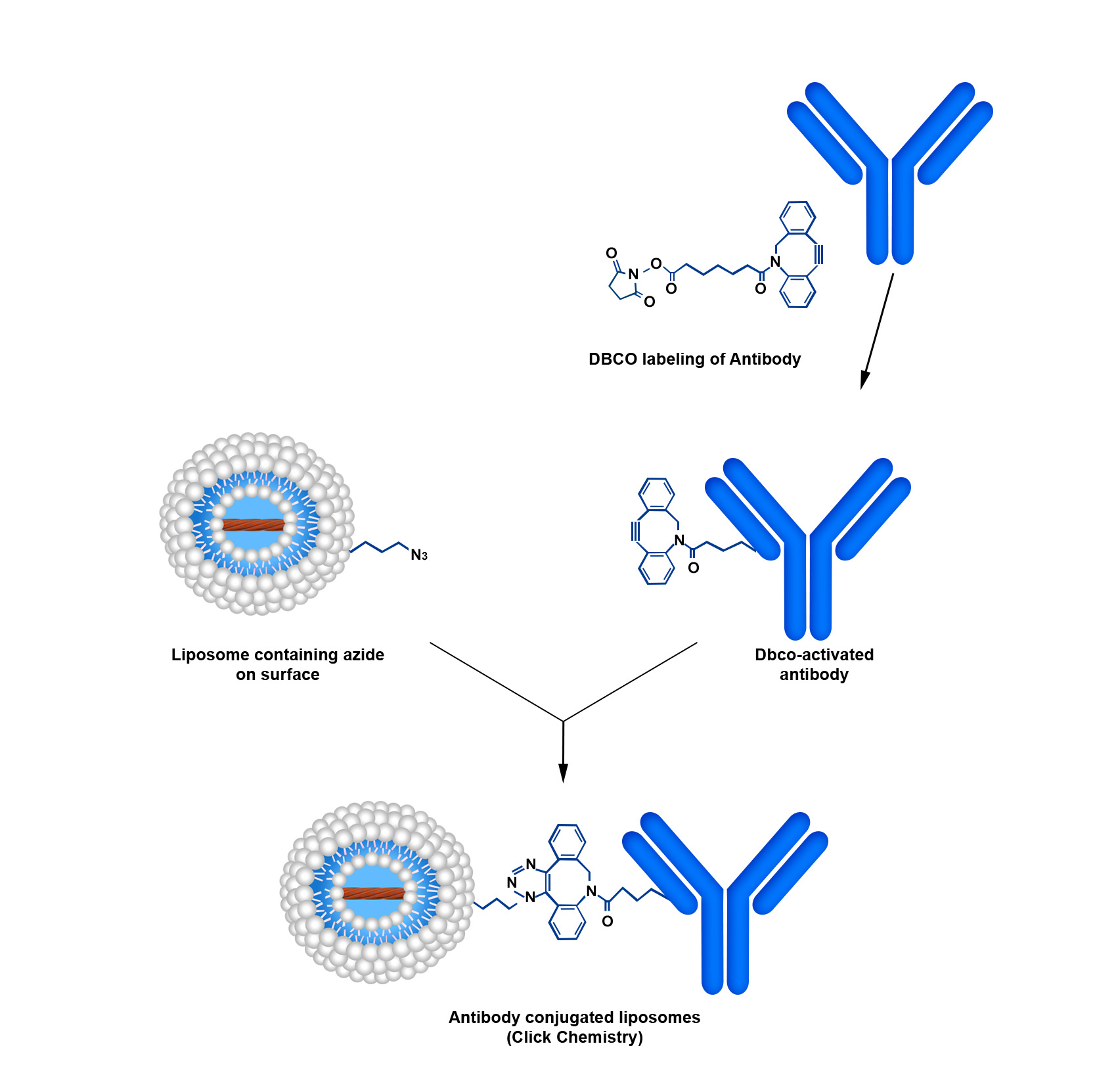

If you are trying to avoid meat glue, look for TG enzyme or TGP enzyme in the ingredients. Since it is considered vegan when derived from plants or bacteria, it may be in some plant-based products, as well. The most common source of meat glue is in processed or imitation meat, cheese and other dairy products, and baked goods. Culinarily speaking, it is helpful in forming isopeptides between proteins, increasing viscosity, elasticity, firmness, and water-binding capacity in foods. Meat glue is the transglutaminase enzyme, which can be derived from multiple sources: animals (vertebrates and invertebrates), plants, and bacteria (mainly the Streptoverticillium sp), the latter being the most common sourcing in commercial food products. Its source seems to be a bit obscure to some, but there may be more to the story than just an addition to processed foods. Meat glue is one of the new antigens on the test, interestingly enough, it is common for it to be elevated. To read more about why this is important, CLICK HERE It should be noted that GPL includes all 4 subtypes of IgGs, to ensure more accuracy and we are only measuring IgG levels responses, not IgAs, since IgA is unable to bind complement and trigger generalized inflammation. Below is a table that describes the differences, and how they compare with IgG. There are several tests available, employing different methodologies, all claiming to be the best for food sensitivities. How does it compare to other food sensitivity testing? We are still able to use the same sample for both methods. Therefore, ELISA is the better methodology for assessing the immune response as it relates to yeasts, so sub-samples are run on separate equipment, generating a separate report. Yeasts’ primary antigens are not appropriate for protein-specific assays because their antigens are richer in glycans. Why are Candida albicans and Saccharomyces cerevisiae on separate reports? We have also added specific allergens to problematic food categories, providing a more inclusive panel. Our new XMAP technology increases the precision of identification by using intense signaling from fluorescents the testing procedure is fully automated for greater precision and reliability, produces less waste by using multiplexed magnetic beads and requires less blood to run the sample for easier collection. Prior to this, our laboratory used the long-accepted ELISA methodology, but when a substantially improved method becomes available, it is important to evolve. Furthermore, testing for IgG reactivity has numerous published case reports showing positive results with implementation. This is especially true since reactions to foods can take up to several days to create noticeable symptoms. IgG Food Sensitivity testing can be a simple and effective way to identify foods that are causing an inflammatory response without having to implement an elimination/reintroduction diet, which can take a significant amount of time and effort. When IgG immune complexes are over produced due to a specific antigen, and unable to clear, they can cause significant inflammation throughout the body. When trying to heal the system, or relieve idiopathic symptoms, identifying food sensitivities can be a piece to the puzzle, or sometimes the direct cause. I’ve provided an overview of IgG testing here, but to reduce repetition and for more information on methodology, please visit the main page for the IgG testing.

I want to take this opportunity to answer some frequently asked questions, in the hopes it will save some time in literature reviews and data interpretation of results. Great Plains Laboratory recently launched a new IgG panel, utilizing an upgraded methodology with additional food antigens.


 0 kommentar(er)
0 kommentar(er)
